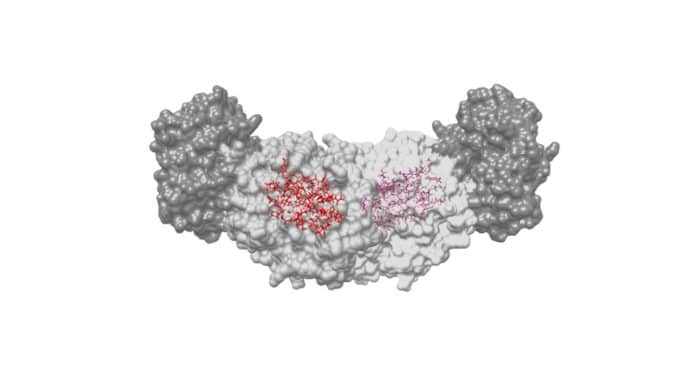Tryptophan is a building block for all proteins. Without it, people would have difficulty sleeping, growing, or converting food into energy. It is essential for all living organisms.
Understanding how to stop disease-causing organisms from making their tryptophan could develop an entirely new class of treatment drugs. Ingesting something that turns off the enzymes that make tryptophan would not affect cells but potentially kill the invasive bacterial cells.
Benzimidazole is a chemical that stops tryptophan-producing enzymes in cells. Although, how it works remains elusive.
Scientists can now determine its working, thanks to a new technique pioneered by UC Riverside. This technique can solve a decades-old mystery involving the chemical- benzimidazole- in turkey, that makes people sleepy. It allows them to map the atoms involved in the production of tryptophan.
Previous techniques don’t allow scientists to see the position of hydrogen atoms. That’s why scientists could not picture the chemical interactions and how the molecules fit together.
Mueller said, “Imagine you’re browsing a new dating app to match therapeutics with protein targets, and you can only see pixelated avatars of the molecules and their targets. You don’t have enough information to swipe right or left.”
“If you’re trying to design drugs, understanding how other atoms are arranged is useful, but you also need to see the hydrogen atoms to know if there is a match.”
The team, at first, used a tool involving x-rays to find all the non-hydrogen atoms involved. Later, using atoms’ nuclear magnetism mapped the molecules’ chemical structure, including the hydrogen atom locations. The computer model allowed them to superimpose the images and bring the two techniques together with a resolution that neither could have achieved alone.
Rittik Ghosh, a UCR graduate student in biochemistry and study co-author, said, “None of these techniques alone can give you the result but combined, you’re looking at the bigger picture of chemical reactivity.”
“For so long, we’ve been guessing what the active sites in this reaction have looked like. This is one of the first techniques that can bring chemistry to life. We think it will be powerful for designing therapeutics as well as industrial chemical transformations.”
Journal Reference:
- Jacob B. Holmes et al. Imaging active site chemistry and protonation states NMR crystallography of the tryptophan synthase α-aminoacrylate intermediate. DOI: 10.1073/pnas.2109235119
